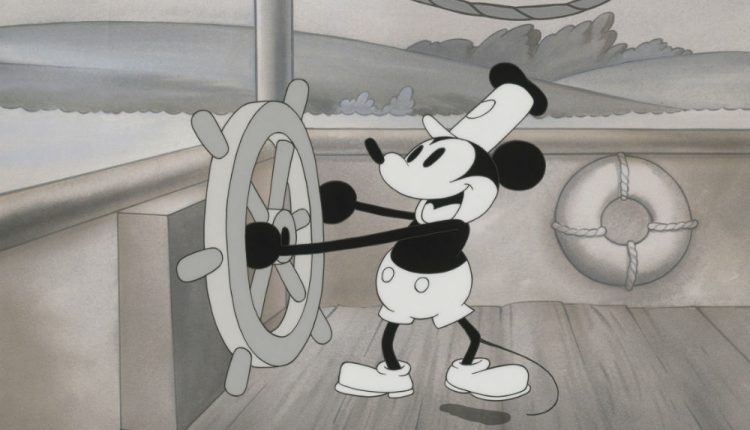
Last summer, original drawings and sketches from Walt Disney Animation Studios, which ranged over a 90-year period, were transported internationally for the very first time. These sketches included everything from Steamboat Willie to a more recent popular film Frozen.

In order to protect the artwork, conservators opted to monitor them with a new type of sensor which was developed to be used as a highly sensitive “nose” to detect pollutants that could possibly cause permanent damage to the pieces.
“Many pollutants that are problematic for human beings are also problematic for works of art,” said Kenneth Suslick, Ph.D, from the University of Illinois at Urbana-Champaign, who developed the nose. For example, pollutants can spur oxidative damage and acid degradation that, in prints or canvases, lead to color changes or decomposition. “The ability to monitor how much pollution a drawing or painting is exposed to is an important element of art preservation,” he says.
As it turns out, works of art are even more sensitive to damage at far lower pollutant levels than what’s considered acceptable for humans, possibly attributed to a human’s ability to heal and the idea that a piece of art should be able to last for future generations.
While piece of art are usually sealed in display cases, they are still susceptible to reactive compounds that accumulate in the cases and damage the art.
This is where Suslick’s optoelectronic nose comes in. The nose is composed of an array of dyes that change color when exposed to various compounds. However, it has been mostly used for biomedical purposes, so it wasn’t capable of sniffing out the low concentrations of pollutants that damage works of art. Suslick redesigned the nose to protect artwork. With the help of scientists at the Getty Conservation Institute (GCI), a private non-profit institution in Los Angeles that works internationally to advance art conservation practice, he devised a sensor that is several hundred times more sensitive than existing devices used for cultural heritage research.
The sensors were placed to monitor the pollution levels both inside and outside of the sealed and framed artworks. If the sensors indicated that pollution levels inside the sealed frames were rising, conservators traveling with the Disney exhibit would know to replace the sorbents, materials used to absorb or adsorb liquids or gases.
An initial analysis of sensor data showed that the sorbents were effective.
Suslick hopes to expand the sensors’ applications in the field of cultural heritage.
Story via American Chemical Society.

Comments are closed, but trackbacks and pingbacks are open.